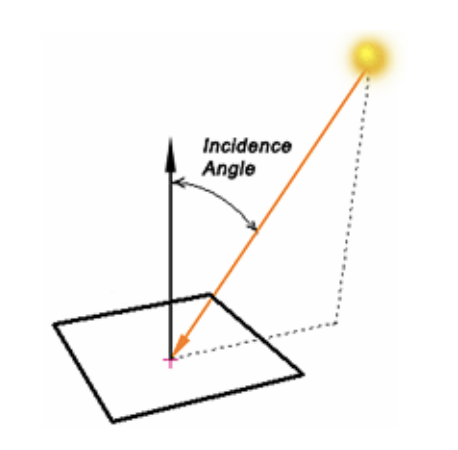How to Measure Output of Solar Modules

Students will demonstrate that solar modules create electricity when light strikes the module. Students will determine the optimum angle for the generation of current by a solar cell when given a light source (indoors or outdoors using the sun). Students will be able to effectively use a digital multimeter to measure current and voltage produced by a solar cell.
Students will measure output from solar module before a load is attached and relate it to real world output. They will make these measurements using a multimeter and be able to determine the optimal angle at which their module generates a current flow. This process is meant to reveal to students some of the design challenges associated with the usage of photovoltaics, whether it is on top of a house or whether it is on a vehicle such as the solar boat they will be designing. This will facilitate a discussion of the pros and cons of solar modules. This lesson is suitable as a stand-alone lesson.
